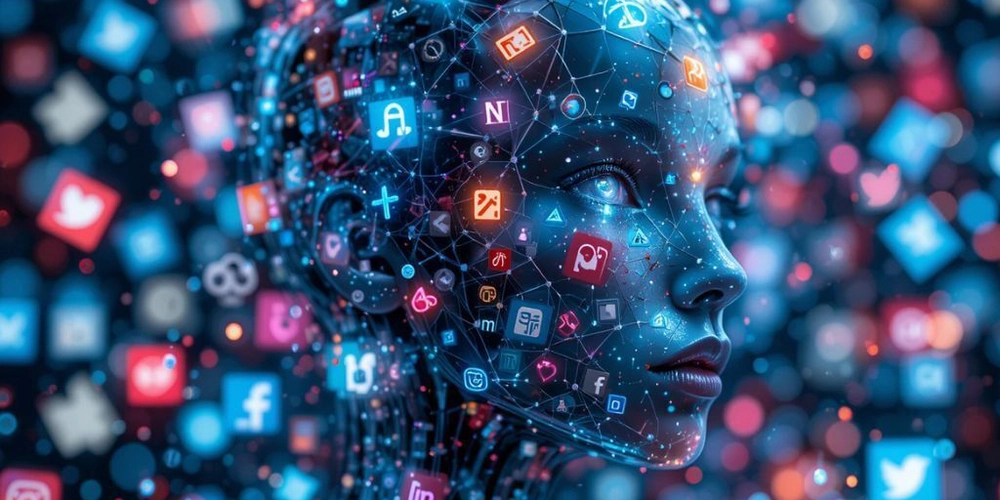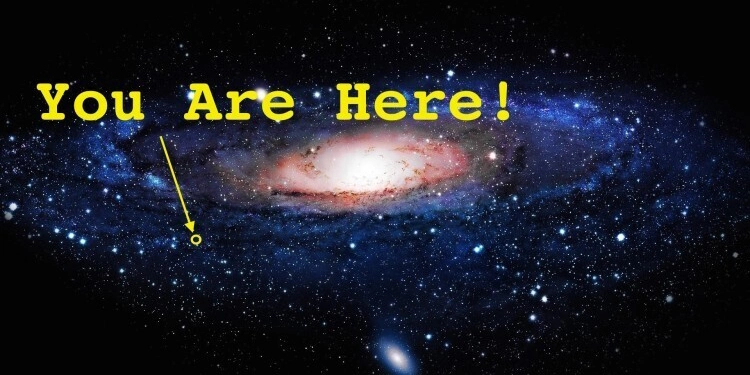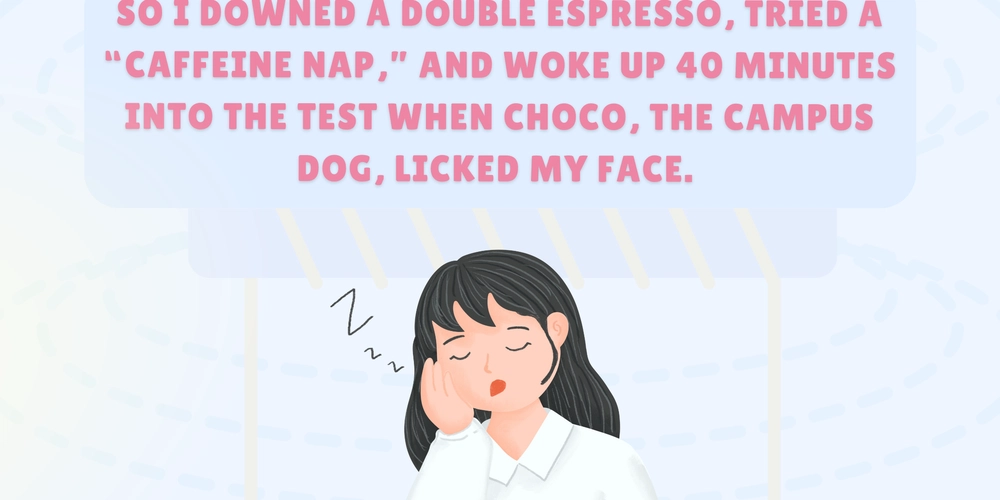
Is That Post Real? How to Spot AI-Generated Content Flooding Your Social Media Feed
Social media is changing fast! Artificial intelligence (AI) is now creating content at an alarming rate, from flawless-looking images to compelling articles. This changes how we see the world and raises big questions about what's real or fake online. Are you ready to tell the difference and protect yourself from misinformation? Learn to identify AI content and maintain trust in the digital age.
The AI Content Explosion: What's Happening?
AI tools have made it easier than ever to create content. You don't need professional skills in writing or design anymore—just a few prompts. As a result, social media platforms like Instagram, TikTok, X, and Facebook see a massive wave of AI-generated content, impacting the online content we consume every day. Recent studies revealed a shocking increase in AI's role in viral content, highlighting an urgent need for increased digital literacy and critical evaluation of social media posts.
Why is AI Content Taking Over Social Media?
Several reasons are fueling the rise of AI-generated social media content:
- Lower Costs & Faster Output: Businesses can drastically cut costs by using AI for content creation. AI assistants can create drafts and concepts quicker than any human.
- Algorithm Advantage: AI can analyze data to create content that algorithms love, boosting views and engagement.
- Misinformation Campaigns: AI can create misleading content quickly, spreading false narratives across different platforms.
How to Spot AI-Generated Content: Your Digital Toolkit
Identifying AI content requires a keen eye. Here's what to look for:
- Too Perfect, Yet Odd: AI images might look flawless at first but often have subtle errors. Look for odd details like extra fingers or weird proportions.
- Generic Language: AI writing often relies on phrases like "furthermore" or "moreover," and has perfect grammar but lacks the natural flow of human writing.
- Context Clues: AI struggles with context. Watch out for cultural references that seem off or vague examples without sources.
- Robotic Responses: AI accounts are quick to respond but give generic answers, even to specific questions.
Spotting Fake Images: Unmasking AI-Generated Visuals
AI-generated images often appear stunning but fall apart under scrutiny. Be on the lookout for:
- Wonky Hands: AI often struggles with realistic 3D rendering, especially hands. Look for extra or missing fingers.
- Weird Lighting: Pay attention to inconsistent shadows or unnatural lighting.
- Background Blips: Artificial blurring and odd artifacts can be signs of AI manipulation.
- Suspicious Symmetry: If something seems too perfectly symmetrical, it might be AI-generated.
Deciphering Text: Identifying AI-Written Content
AI-written text can be convincing but often lacks human nuance. Here's what to watch for:
- Transition Overload: Overuse of phrases like "in addition" is a common AI tell.
- Perfect Grammar (Too Perfect!): AI often produces flawless, but unnatural prose.
- Emotional Flatness: AI struggles with emotional range. Look for a consistently even tone.
- Lack of Personal Touch: AI tends to avoid personal stories.
Digital Self-Defense: Staying Safe Online
The rise of AI content demands a new approach to digital literacy. Here's how to protect yourself from AI misinformation:
- Cross-Reference Everything: Don't trust a single source. Verify information with reputable sources before sharing.
- Use AI Detection Tools: Tools like Writer.com's AI Content Detector can help spot computer-generated content.
- Follow the Trail: Trace content back to the original source. AI content often lacks a clear origin.
The Path Forward: Navigating the Age of AI
Addressing the challenges of AI content requires a multi-faceted approach:
- Platform Responsibility: Social media companies need to step up efforts to label AI-generated content.
- Government Action: Governments are considering regulations to require disclosure of AI content.
- Widespread Education: Education about AI's capabilities is crucial. UNESCO's Media and Information Literacy program is useful.
Staying Ahead of AI: The Importance of Critical Thinking
AI-generated content presents both opportunities and risks. By being aware of the patterns and developing critical thinking skills, you can navigate this new landscape safely. The most valuable skill now is questioning the authenticity of content and understanding its source. Use the tips here and trust your intuition to stay a step ahead in the age of AI.
















